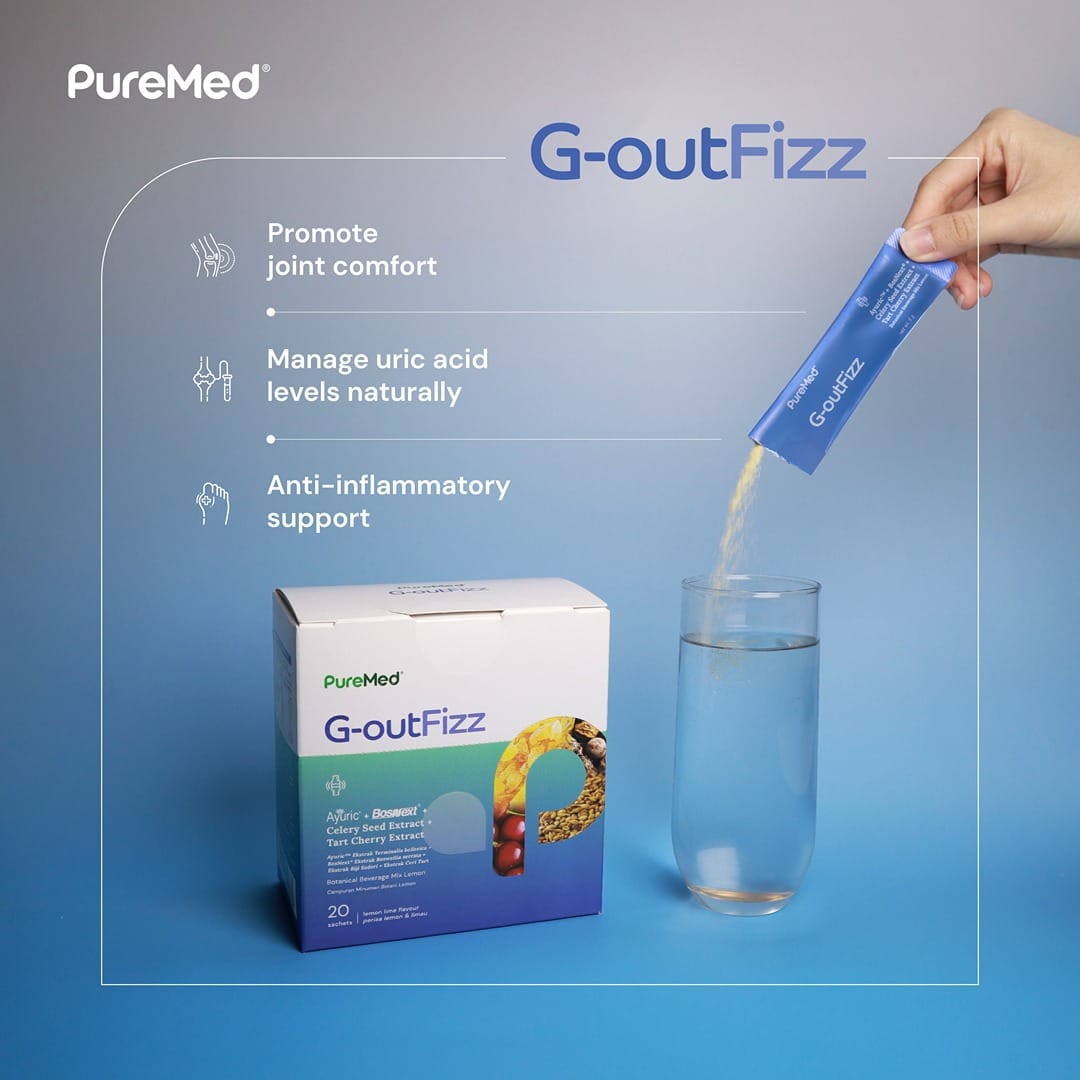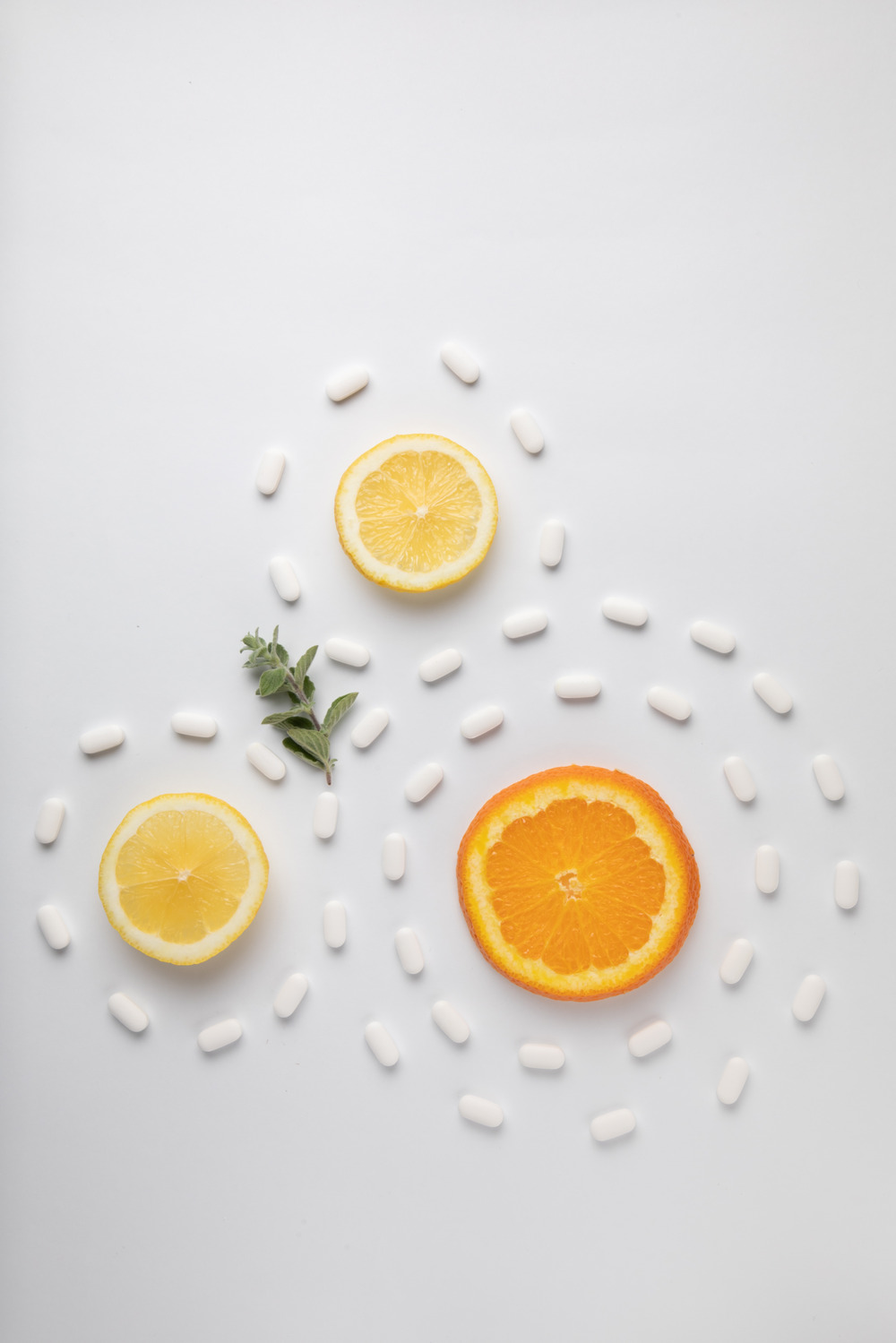No products in the cart.
Health Guides
Joint Health
What is Gout? Why It Happens?


Gout is A Form of Arthritis Caused by the Buildup of Uric Acid in the Blood.
What is Gout and Why Does It Happen?
Ever woken up in the middle of the night feeling like your big toe is on fire? If you have, chances are you’re experiencing gout, it will come when you’re least expecting it. Gout attacks are often described as debilitating, with many sufferers experiencing intense pain that disrupts their daily lifestyle.
This condition is not new—it has been historically referred to as the “disease of kings” due to its association with rich diets. However, nowadays with our wide variety of food availability, anyone can get it, and understanding why it happens can help you stay one step ahead.
So, What Exactly Is Gout?
Gout is a painful form of arthritis. You get sharp, stabbing pain, redness, and swelling around your joints. It usually targets the big toe, but it can also show up in your knees, ankles, elbows, or wrists. [1] These attacks often hit suddenly and can be intense enough to affect our daily activities.
But why does it happen? It’s all about uric acid, a substance your body makes when breaking down purines. Purine are naturally created in our body but they are also present in certain food and drinks. Having it in our blood is completely normal and healthy. But if the levels exceeds the threshold, it may cause gout. Normally, your body gets rid of uric acid through urine, but sometimes things don’t go as planned. When uric acid builds up, it can form tiny, needle-like crystals in your joints, causing all that pain and inflammation.
Why Does Uric Acid Get Out of Hand?
Uric acid levels can rise for several reasons, leading to health issues like gout. Here’s a breakdown:
- Excess Production: Uric acid is a natural byproduct of purine metabolism which is naturally produced in our body. But when the body produces more uric acid than it can manage—due to rapid cell turnover, genetic factors, or metabolic conditions—it overwhelms the system, causing gout. [1]
- Inefficient Kidneys: The kidneys, which flush out uric acid, may struggle to keep up because of dehydration, chronic health issues, or reduced function, leading to a buildup in the blood. [1]
- Dietary Choices: Consuming purine-rich foods like red meat, shellfish, and alcohol (especially beer) increases uric acid production, pushing levels into the danger zone and raising the risk of gout. [1]
Who’s Most Likely to Get Gout? [1]
Gout doesn’t play favorites, but some factors make it more likely to show up in your life:
- Your Lifestyle: Eating lots of purine-rich foods, sipping sugary drinks, or having a fondness for alcohol can invite gout over.
- Your Genes: If gout runs in your family, you might be at higher risk of getting gout.
- Your Weight: Carrying extra weight means your body produces more uric acid, and your kidneys have a harder time keeping up.
- Your Health Conditions: Things like diabetes, high blood pressure, and kidney problems can increase your risk.
- Your Meds: Some medications, like diuretics, can mess with your uric acid levels too.
- Age & Gender: Men tend to get gout more often than women, though women’s risk increases after menopause.
What Can You Do About It? [1]
Dealing with gout doesn’t have to feel overwhelming. While natural remedies (which we covered in a previous article!) can help, you might also need to:
- Consult A Doctor: See your doctor to confirm it’s gout and discuss treatments like medications to lower uric acid or reduce inflammation during an attack.
- Watch What You Eat: A healthy diet can help with obesity, reducing the chances of developing gout. No food or drinks can “cause” gout but it’s good to recognize purine-rich foods and avoid overindulging in it. Every little change adds up!
- Stay Active: Keeping your weight in check can help reduce strain on your joints and manage uric acid levels.
Managing Gout Made Simple

G-outFizz: A Natural Solution to Reduce Uric Acid
Gout can be frustrating, but managing it doesn’t have to be. While making lifestyle changes like staying hydrated, eating a balanced diet, and keeping active is essential, a little extra support can go a long way.
That’s where G-outFizz comes in—a carefully crafted supplement designed to tackle gout at its root. Its key ingredients include:
- Ayuric (Terminalia bellerica): A natural extract that works as a xanthine oxidase inhibitor, helping to lower uric acid production and addressing one of the main causes of gout. [2]
- BosNext (Boswellia Serrata): Known for its anti-inflammatory properties, it helps reduce joint inflammation and pain, promoting mobility and comfort. [3]
- Celery Seed Extract: Packed with anti-inflammatory and diuretic benefits, it supports healthy joints and helps flush out excess uric acid. [4]
- Tart Cherry Extract: Rich in antioxidants and anti-inflammatory compounds, known for its potential to reduce serum uric acid levels, tart cherry extract may help manage gout symptoms. [5]
With G-outFizz, you’re not just addressing gout symptoms—you’re taking proactive steps to support your joint health and overall well-being. Try it today and feel the difference by clicking here:
G-outFizz 20’S
Reference:
- Gout Education Society. (n.d.). What is gout? Retrieved from https://gouteducation.org/what-is-gout/
- Usharani, P., Nutalapati, C., Pokuri, V. K., Kumar, C. U., & Taduri, G. (2016). A randomized, double-blind, placebo-, and positive-controlled clinical pilot study to evaluate the efficacy and tolerability of standardized aqueous extracts of Terminalia chebula and Terminalia bellerica in subjects with hyperuricemia. Clinical Pharmacology: Advances and Applications, 8, 51-59. https://doi.org/10.2147/CPAA.S100521
- Olenelife. (n.d.). BosNext. Olenelife. Retrieved from https://olenelife.com/bosnext.html
- Li, S., Li, L., Yan, H., Jiang, X., Hu, W., Han, N., & Wang, D. (2019). Anti-gouty arthritis and anti-hyperuricemia properties of celery seed extracts in rodent models. Molecular Medicine Reports, 20(5), 4623–4633. https://doi.org/10.3892/mmr.2019.10708
- Hillman, A. R., & Uhranowsky, K. (2021). Acute ingestion of Montmorency tart cherry reduces serum uric acid but has no impact on high sensitivity C-reactive protein or oxidative capacity. Journal of Clinical Biochemistry and Nutrition, 68(2), 100-105. https://doi.org/10.1007/s11130-021-00879-7
Recommended Articles
Join Our Newsletter
Sign up now to receive the latest news and promotions.
Shop
Learn
Support
KKLIU: 2136/2022 © 2023 PureMed. All rights reserved.

